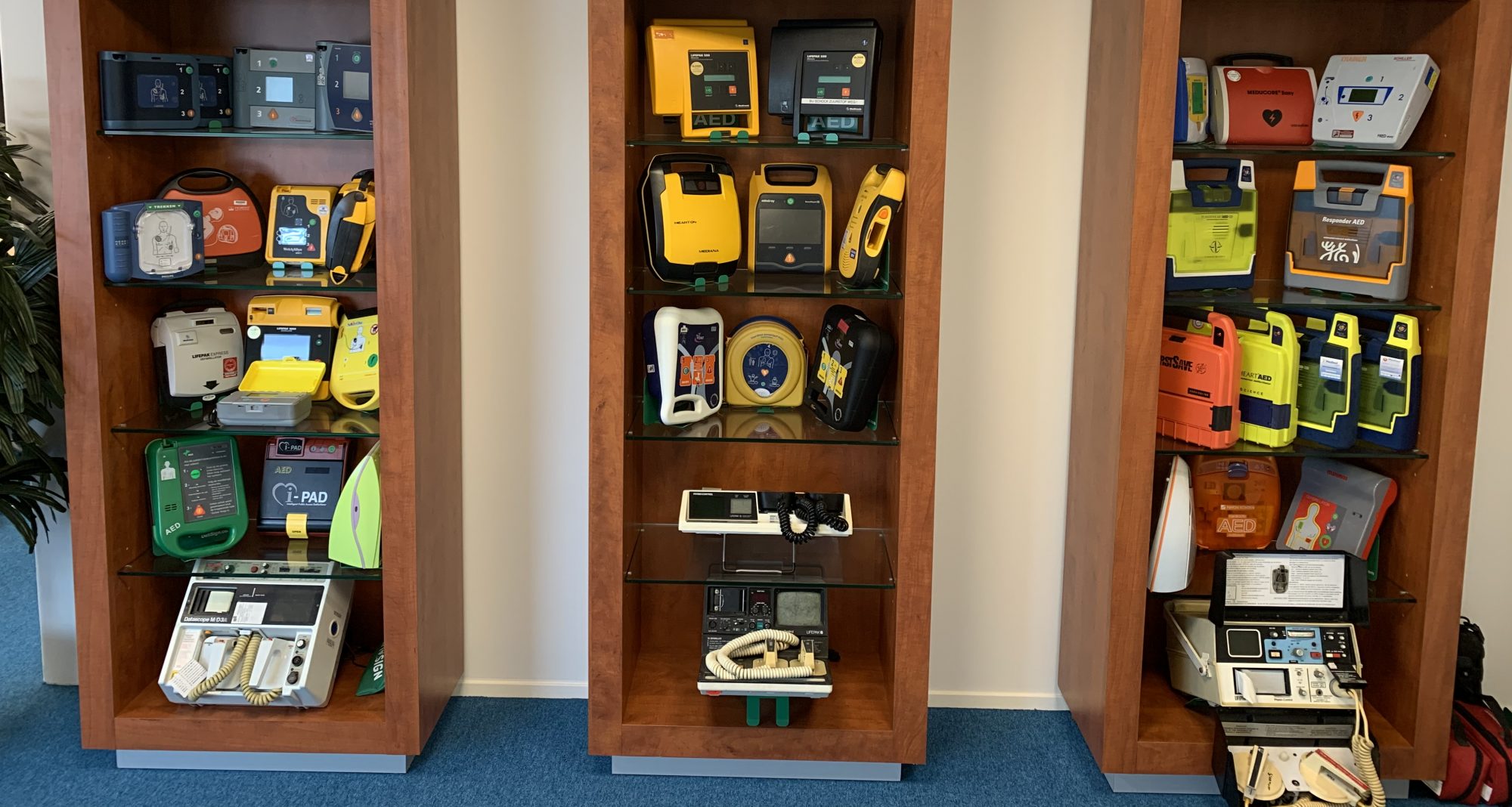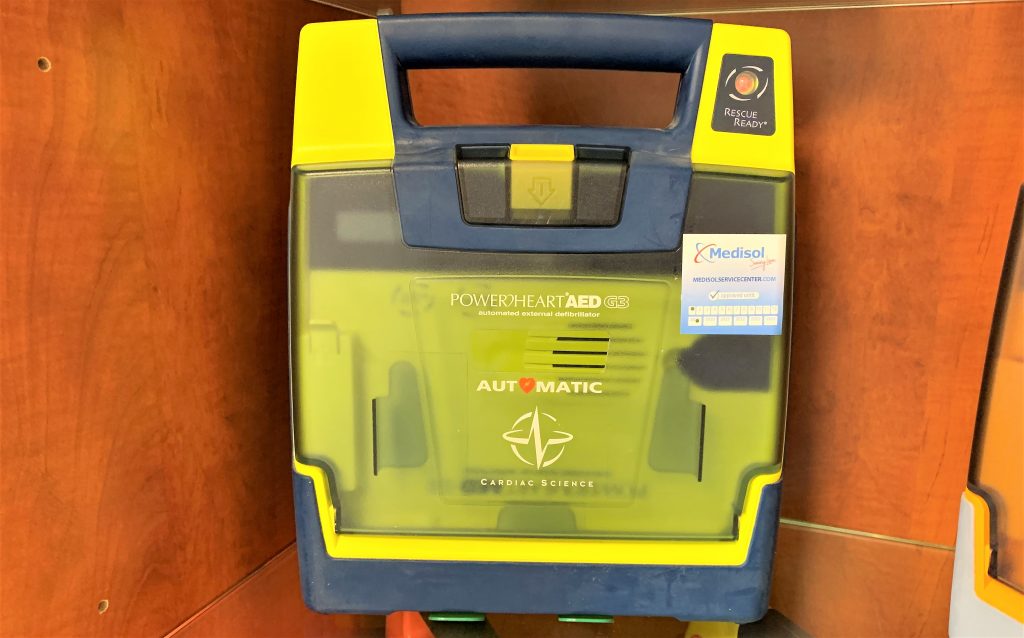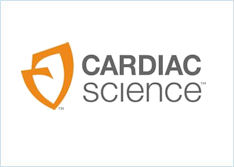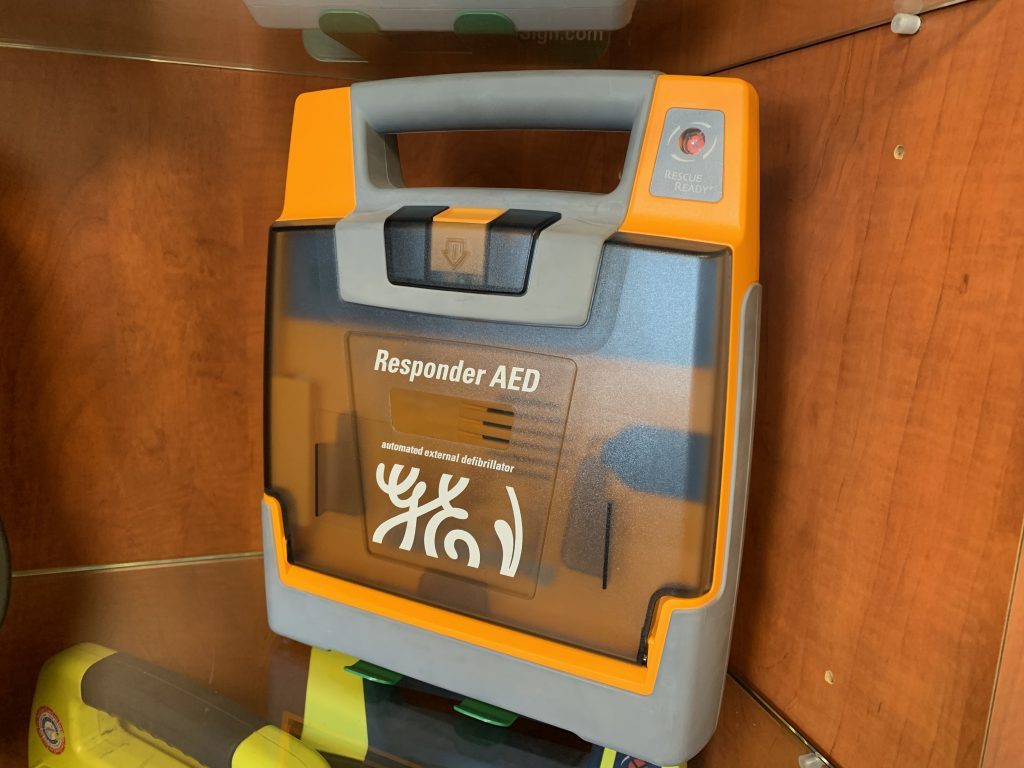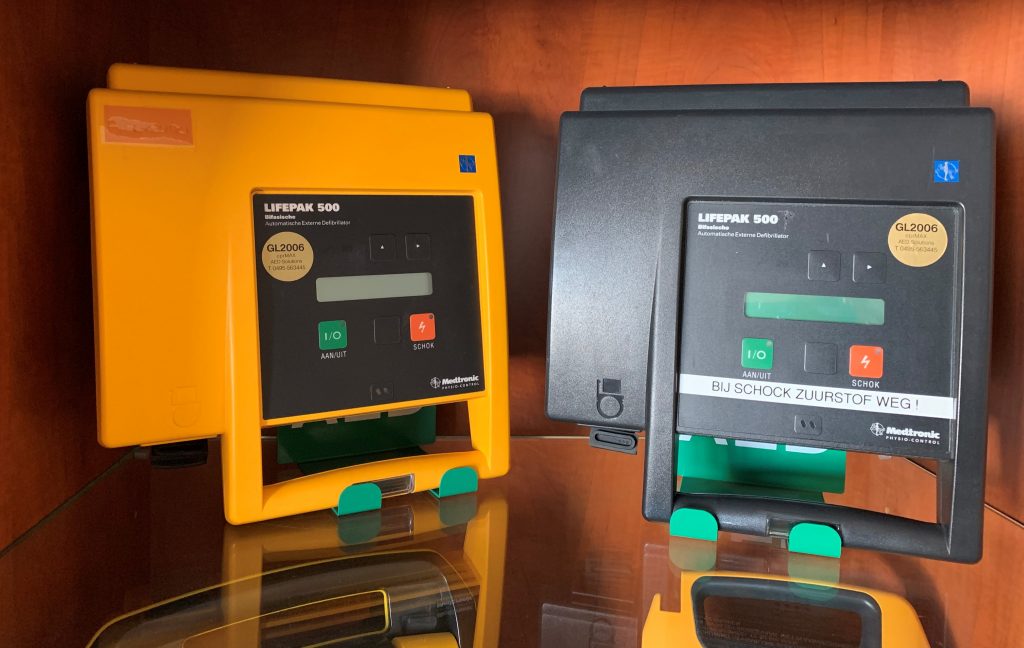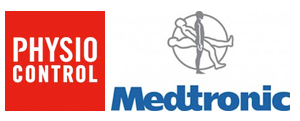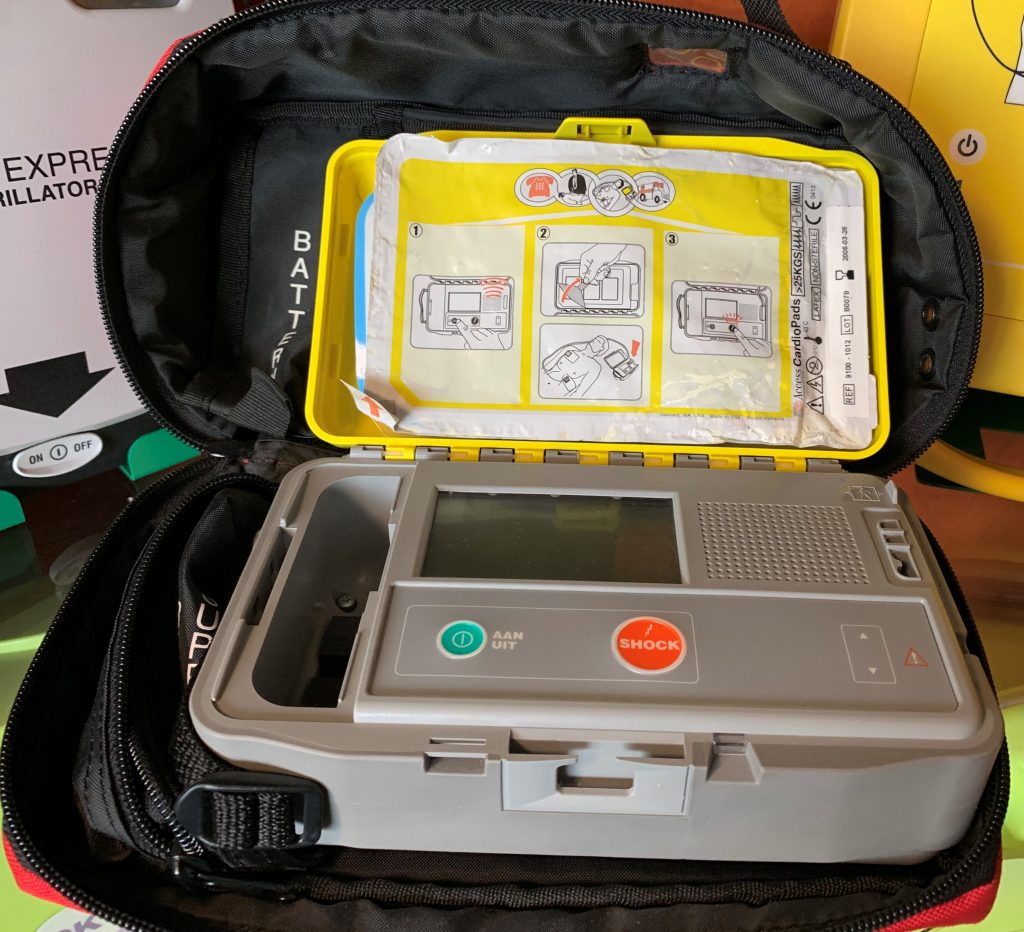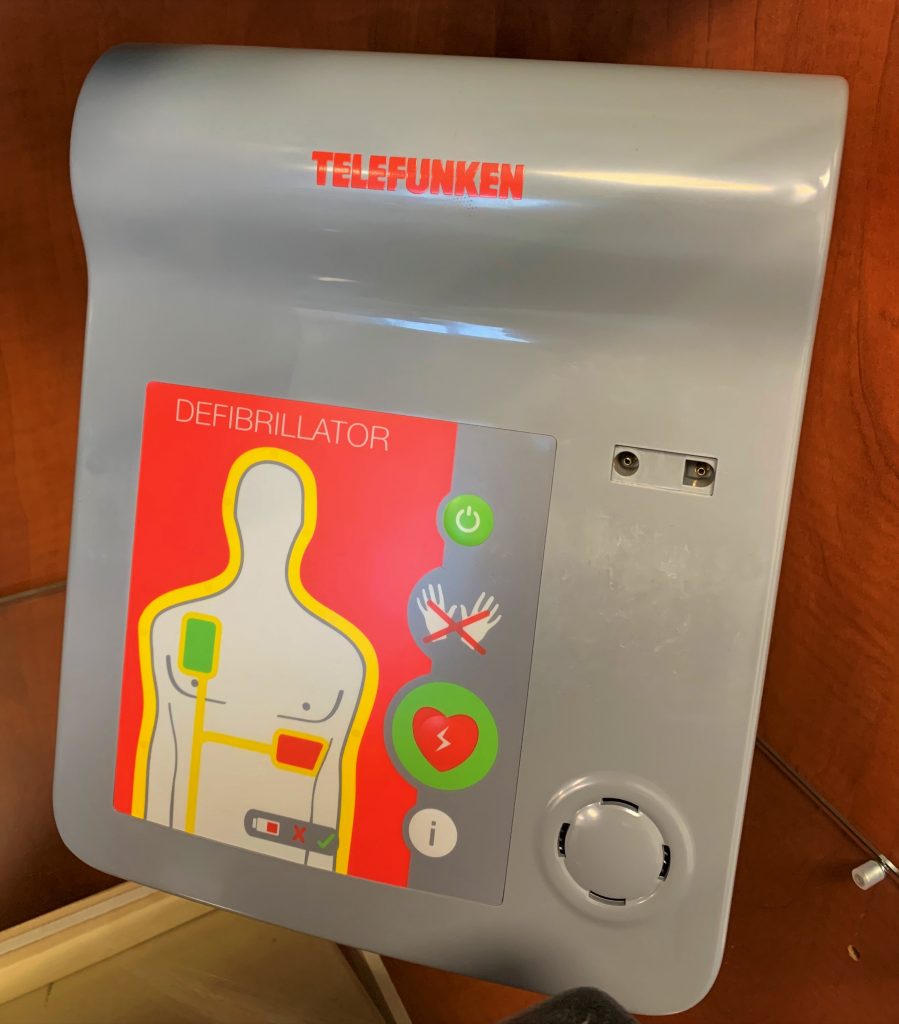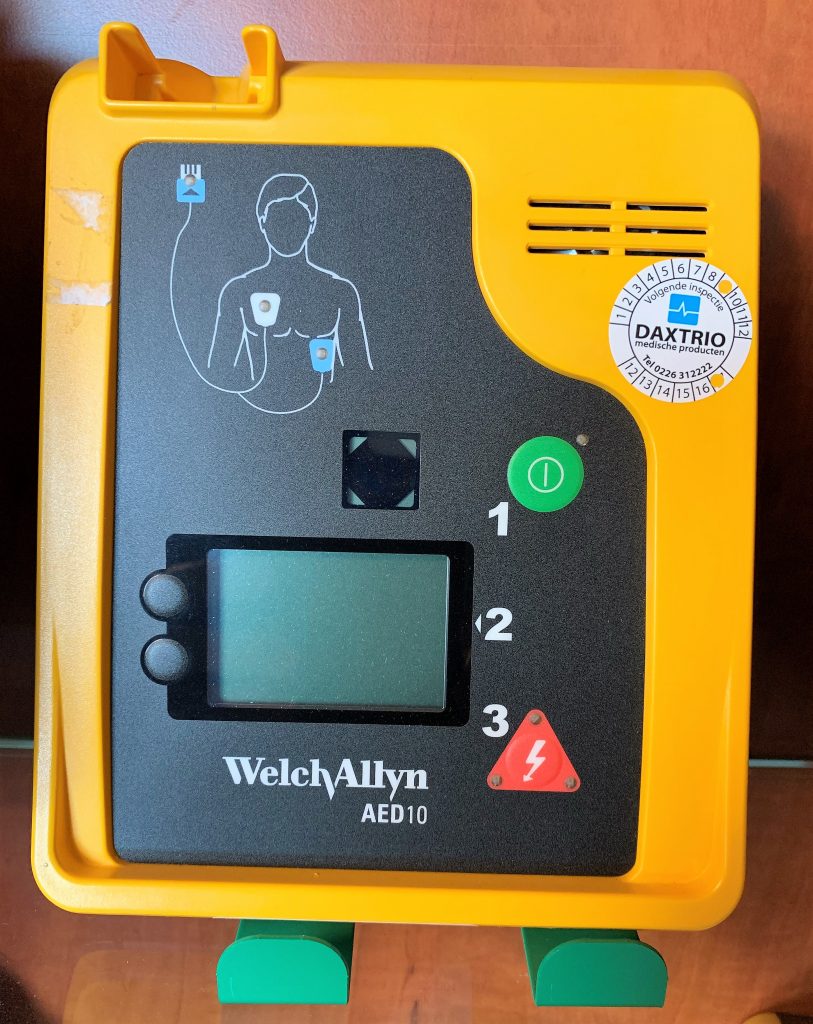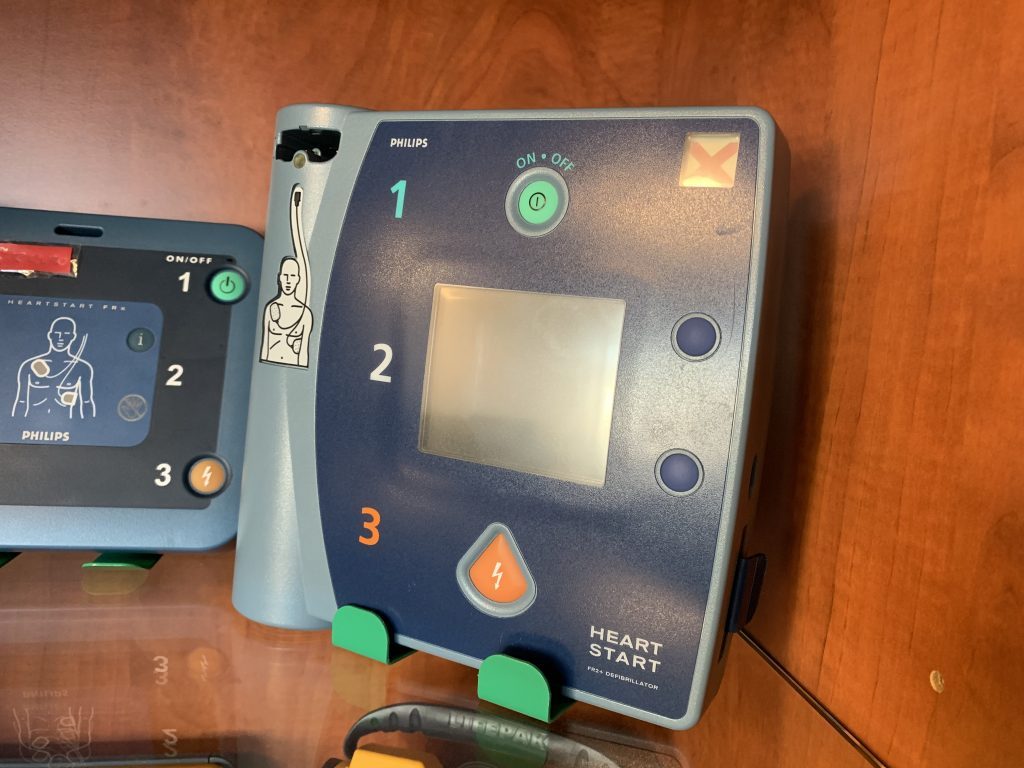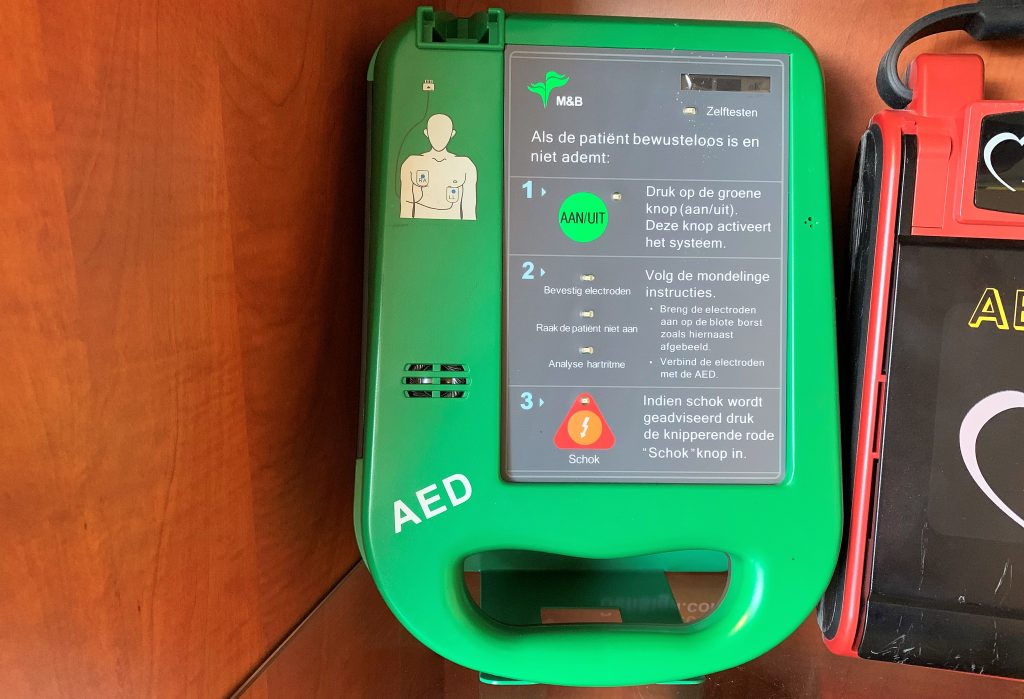
The AED7000 was described as a no-nonsense AED that was known for its low selling price and low maintenance costs. At the time of its introduction, this AED was the first AED with a recommended retail price of less than €1000 and at just €899 it was no less than €250 cheaper than the lowest price AED up to that time. In addition to the low purchase price, the maintenance costs were also very low, this was mainly due to the fact that a second battery was supplied with the purchase.
From December 2011 to May 2012, the AED 7000 was available in the Netherlands in a yellow colour, from May 2012 the colour of the AED was changed to green.
Despite the fact that the AED 7000 was competitively priced and had few technical problems, it was never sold in large numbers in Europe. One of the reasons for this was the introduction of another cheap AED, the Telefunken Defibrillator. But the reputation of “Made in China” probably also influenced this.

After a number of changes to the importing status of the AED7000, this AED is, as far as we can tell, no longer for sale in the Netherlands. However, this AED is still occasionally offered in other countries. The accessories are still available on the Dutch market.
